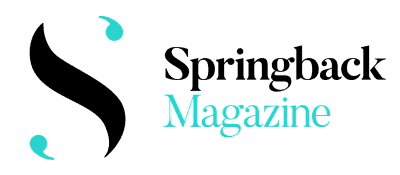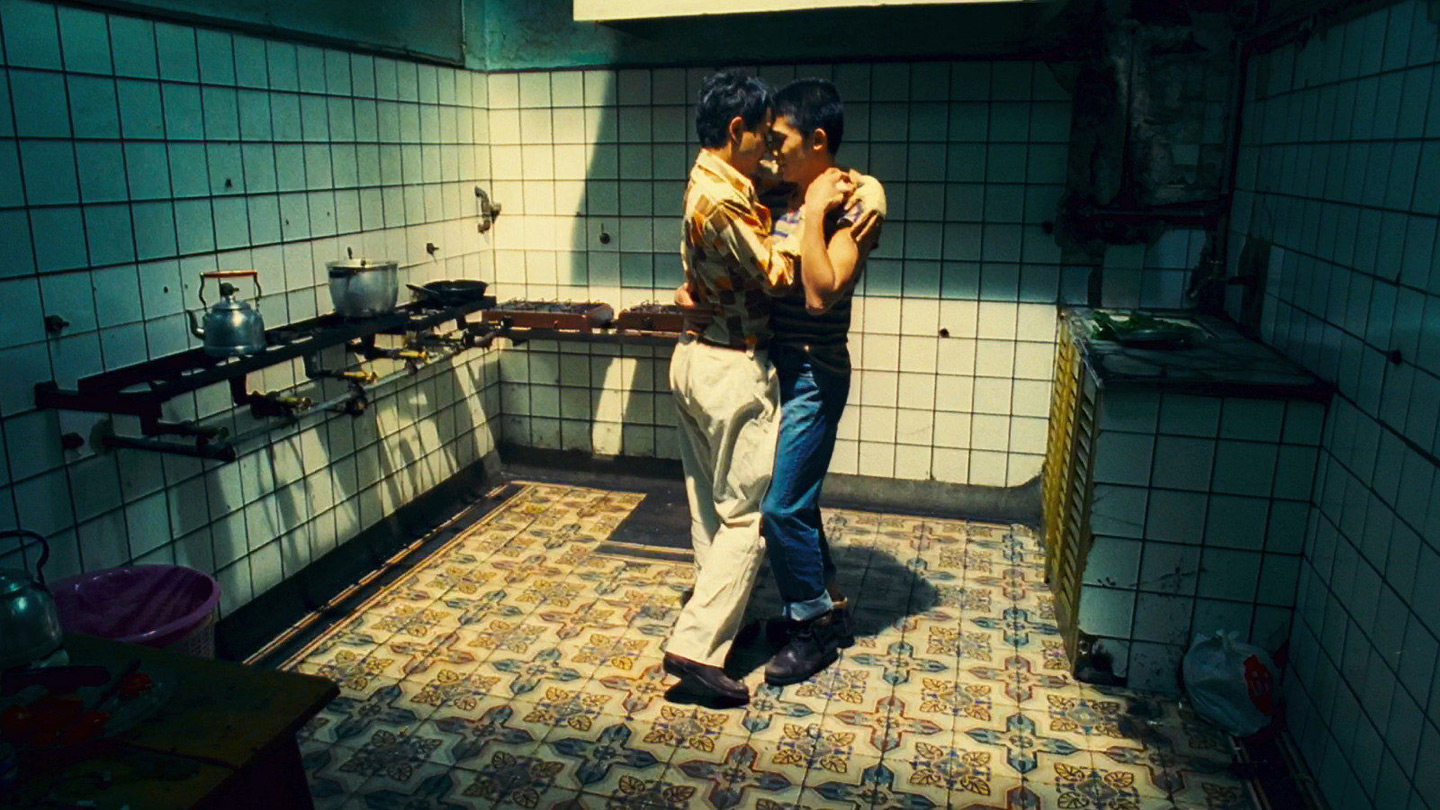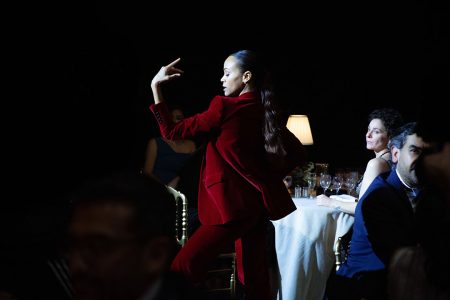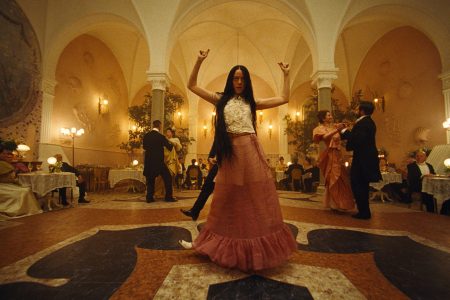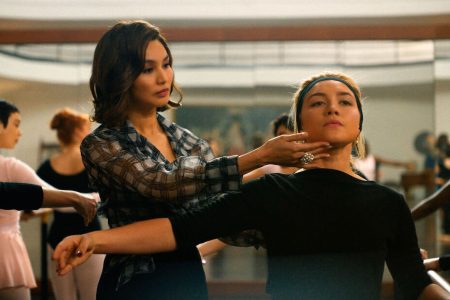There are phrases, like the Beckettian ‘Try again. Fail again. Fail better’, which can become, for some personal reason, a life motto. There are movies, which for the same reason, verify and enhance the desire to place oneself into the very heart of a cinematic narrative, to exchange fiction for reality.
Wong Kar-wai’s Happy Together (1997) is a film about the promise of renewal, about tender love and male friendship. Yet it is also a film about personal paths, multiple endings and beginnings, a roller coaster of choices bringing us all the same to where it all started: a game, a persistent paradox, a life in full. And what makes this spiralling of ‘endless beginnings’ priceless is their echoing in our own emotional status, like an invitation into a vortex of feelings which would otherwise remain inaccessible.
As in most of Wong’s films, the protagonists – in this case two men, Lai Yiu-fai (Tony Leung) and Ho Po-wing (Leslie Cheung) – exist and interact within the visual array of an urban setting. Buzzing metropolitan cities, like Hong Kong and Buenos Aires, alternate with the poetic drenched tones of inner environments and places, like apartments and bars. This mundane setting of everyday city life is juxtaposed with the sensational, untamed beauty of Iguazu Falls. The Falls remain a beautiful metonymy throughout the film, an ideal place where forces of nature unleash their awe-inspiring seductiveness, making its spectacle both a haven of instinctive attraction and a fatal trap for unaccomplished dreams.
Another visible if not tactile characteristic of this film is how bodies approach each other, embrace, caress, hold firmly or lead gently, with the excuse of learning tango. Tango, largely exoticised as a dance of passion and explicit male dominance, here returns to its queer roots, challenging both roles of leader and follower, male-to-male proximity and improvised encounters. For our two characters, tango remains their only way to access desire, yet between them it is not an accomplished body language, not an evidence of grace. Their tango is a sign of constant renegotiation of space and feelings, an intimate event of reaching towards the other but with the fear of what this coming together might bring.
In the scene where Ho teaches Lai a series of back steps in their shabby apartment, the learning process is an affirmation of their tacit desire. Ho abandons Lai in his attempt to learn the steps; he sits on a chair, his back turned, as if he is fed up with the unsuccessful trials of his partner. Lai re-approaches him, insisting on his trying again – but how to succeed in moving together without allowing oneself to be touched, to be reached?
Wong Kar-wai cleverly changes the scene to a gloomy dockland area, visually and rhythmically creating a poetic displacement for both mind and body. As we are introduced to the sounds of Astor Piazzolla, we return once again to the confined space of the two lovers’ cohabitation. Showered in a warm kitchen light – a far cry from an ideal setting – the two bodies now surrender gracefully to the melodies of the accordion, sustaining proximity not simply as closeness, but as an unfulfilled attempt to move towards, to reach, to touch, to kiss the other. In their kissing, the two now long to come even closer, their movement driven by desire, their desire moved by an unreachable unity, their bodies seeking to transgress their own boundaries. The director keeps the angle firm to heighten the yearning sensation brought by the two characters; and while our senses peak the scene is once again cut and alternated with the unfamiliar surroundings of a bar.
And just like the protagonist, we are drunk with the momentary happiness of this scene, the sense of belonging which makes a squalid kitchen a place like home. Or perhaps we are carried away by our own waterfall of emotions, both fictional and real, like the trembling light of a lamp which once led the way to our own escape. ●

